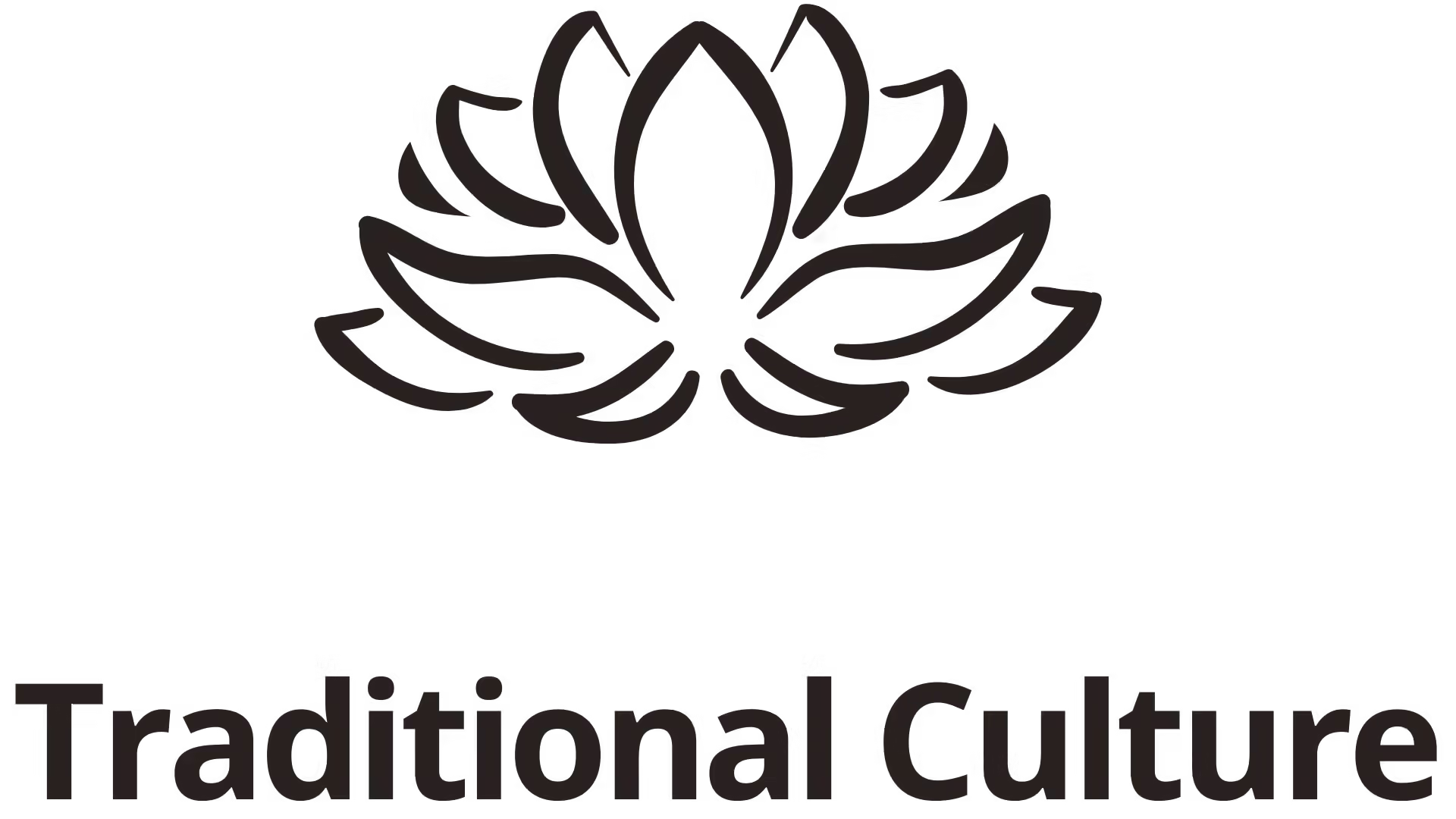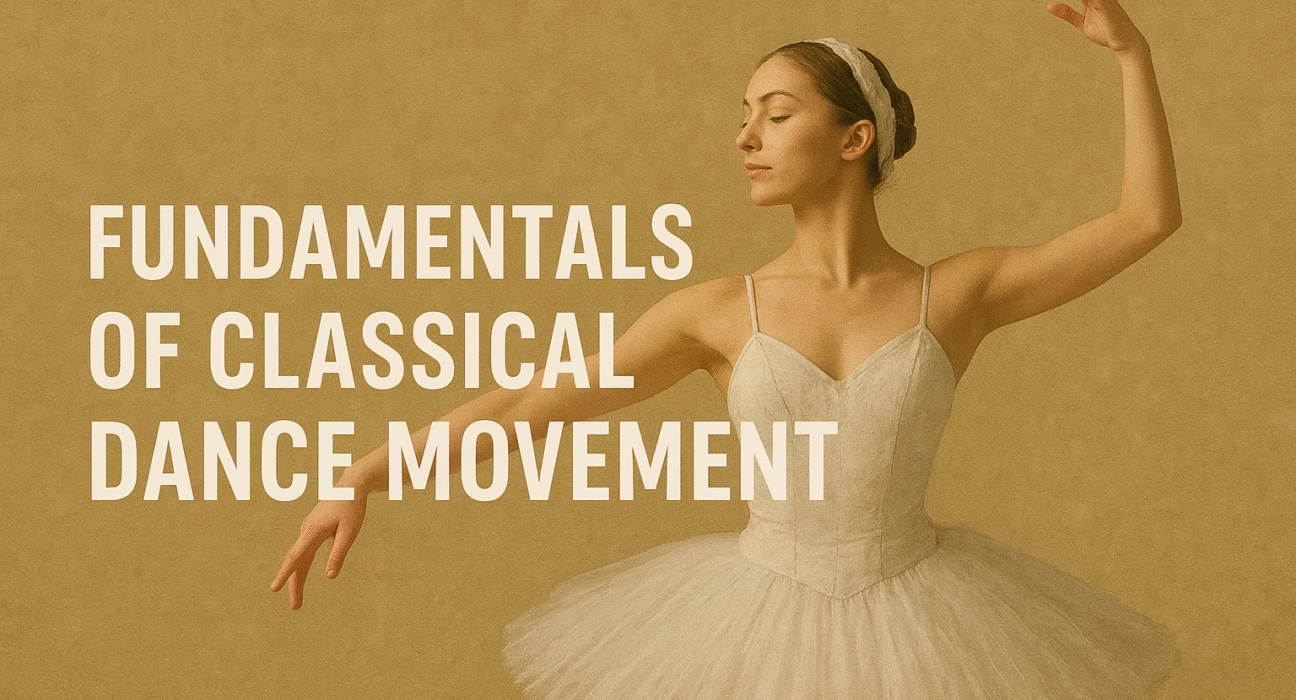Understanding the fundamentals of classical dance movement is essential for anyone aspiring to master the art of ballet, ballet-inspired styles, or traditional dance forms that have stood the test of time. These fundamental principles serve as the backbone of elegant, disciplined, and expressive dance, allowing dancers to transcend mere physicality and connect emotionally with their audience. This comprehensive exploration provides insights into how these fundamentals shape a dancer’s ability to perform seamlessly and with artistry.
The Core Principles of Classical Dance Movement – Building a Solid Foundation for Elegant Expression

Classical dance relies heavily on a set of core principles that ensure every movement is purposeful, controlled, and aesthetically pleasing. These principles are not just technical guidelines; they are the language through which dancers communicate emotion and storytelling without words. Mastery over these core principles forms the foundation for advanced techniques and stylistic nuances.
Understanding the fundamentals of classical dance movement involves more than memorizing positions or steps. It requires cultivating a deep kinesthetic awareness, strength, flexibility, and fluidity. These elements foster a dancer’s ability to execute movements with precision and grace, which are essential for achieving the classical aesthetic. Developing this foundation involves an iterative process of practice, refinement, and interpretation, each reinforcing a dancer’s expressive capacity.
The journey into classical dance begins with comprehension of basic postures, weight distribution, and alignment. These aspects are interrelated, forming a system that supports smooth transitions and expressive gestures. Moreover, a dancer must internalize the importance of rhythm, timing, and musicality—integral components that align movement with musical phrasing. Through diligent study and mindful practice, dancers refine their understanding of these core principles, unlocking a world of expressive possibilities.
Posture and Alignment – The Artistic Backbone of Classical Dance
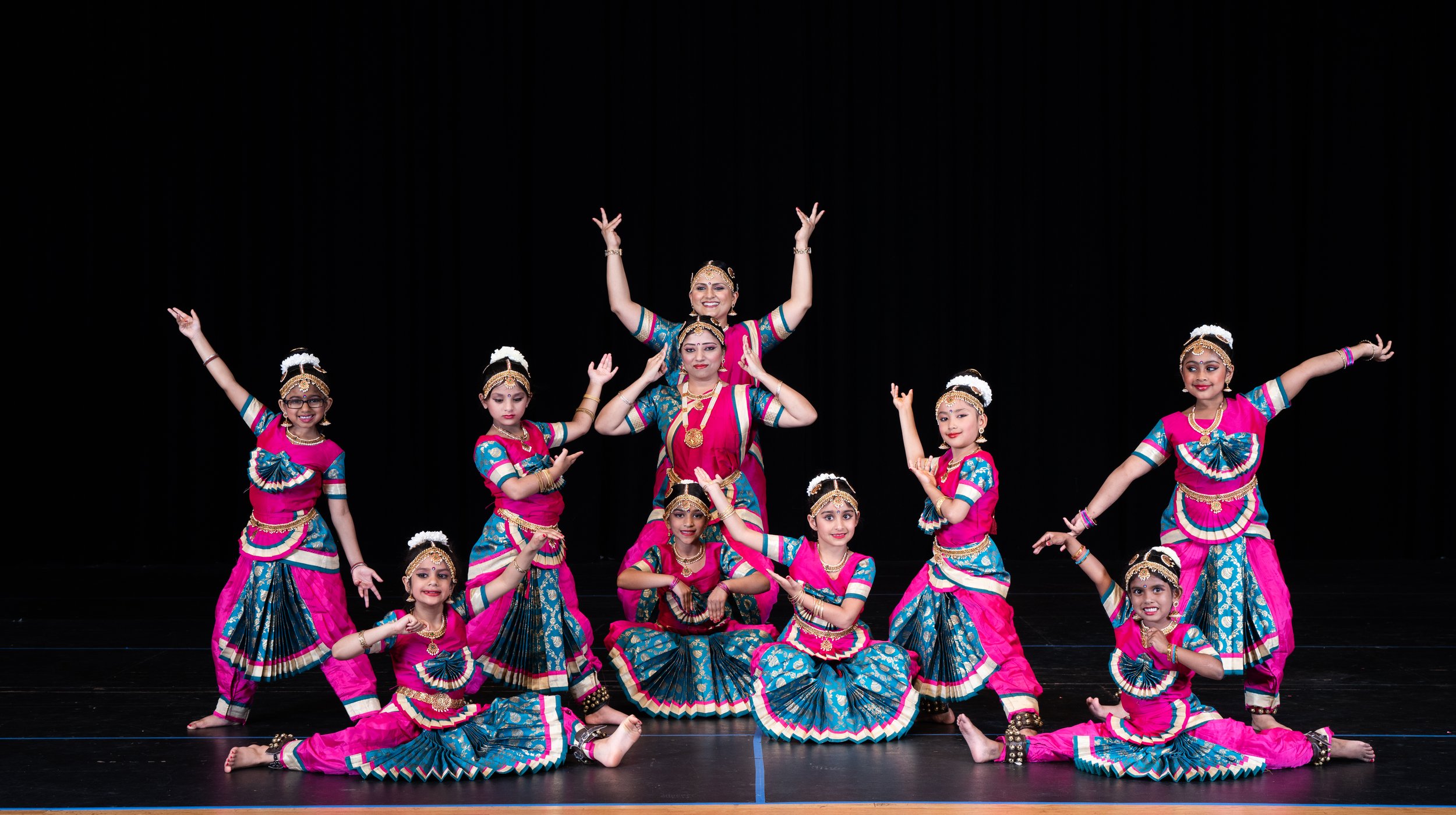
Posture and alignment are the foundational elements that distinguish classical dance from other forms of movement. A strong, correct posture influences every aspect of a dancer’s performance, ensuring stability, balance, and the ability to execute movements with clarity. Alignment determines how forces move through the body, affecting both aesthetic form and physical efficiency.
Good posture in classical dance involves standing tall with a lifted chest, elongated spine, and relaxed yet engaged shoulders. This creates an upright, poised appearance and facilitates optimal energy flow. Alignment, on the other hand, refers to the precise positioning of joints—such as hips, knees, ankles, shoulders, and head—relative to each other, permitting movements that are both effortless and controlled.
Practicing correct posture and alignment begins with body awareness exercises that emphasize proprioception—the sense of body position and movement. A dancer’s core stability plays a vital role here, providing a solid center of gravity and reducing injury risk. Over time, this awareness helps in maintaining the desired form during complex movements like pirouettes, developpe, or arabesques. The result is a seamless blend of strength and elegance, which is the hallmark of classical dance.
Technical Breakdown: The Impact of Posture on Movement Execution
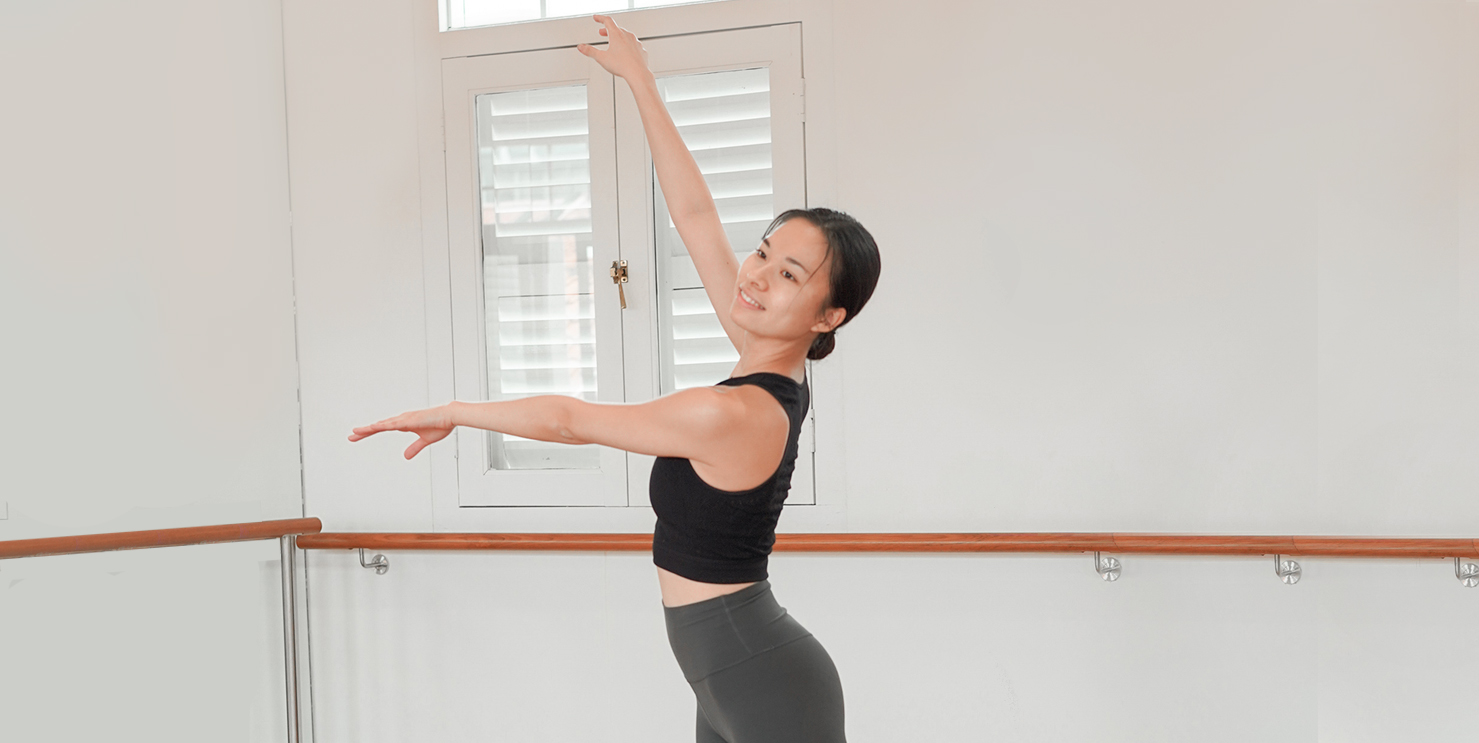
| Aspect | Description | Effect on Dance Performance |
|---|---|---|
| Spinal Alignment | Maintaining a neutral spine with controlled curves | Ensures fluidity in transitions, prevents injury, enhances aesthetic line |
| Shoulder Position | Kept down and relaxed, away from ears | Improves arm mobility and overall balance |
| Hip and Leg Position | Proper placement for turns and extensions | Aids in stability, prevents misalignment, and supports extension strength |
This table illustrates how specific elements of posture directly influence execution and overall dancer aesthetics, emphasizing the importance of foundational alignment.
Footwork and Balance – The Building Blocks of Movement Precision
While posture and alignment serve as the backbone of classical dance, footwork and balance are the real workhorses that enable dancers to execute elegant movements effortlessly. Foot placement, weight transfer, and stability are intricately connected in creating clean, precise movements that are essential for performances that captivate audiences.
Footwork in classical dance is characterized by its clarity, accuracy, and purpose. Each step must correspond to the rhythm and musical phrasing, requiring dancers to finely tune their muscular control and proprioception. Balance, on the other hand, is a dynamic state that allows for smooth transitions, held positions, and sustained movements without wobbling or fatigue.
Achieving mastery in footwork involves repetitive practice of basic steps and an understanding of how to distribute weight evenly across the foot. Dancers often utilize exercises like relevé and plié to strengthen their feet and improve proprioception. Achieving a stable centre of gravity is vital when executing turns, jumps, or balances, making exercises that challenge stability crucial components of training routines.
The Role of Core Stability in Maintaining Balance
.webp?width=800&height=533&name=Dance classes Singapore (1).webp)
Core stability underpins all classical dance movements, acting as the central axis from which all motion originates. A strong core assists in controlling the body’s movements, maintaining balance during complex sequences, and reducing injury risks. It allows dancers to perform en pointe, execute pirouettes, and hold poses with poise.
Isometric exercises, Pilates, and targeted abdominal strengthening are common methods used to enhance core stability. These activities help dancers develop a resilient musculature around their spine and pelvis, providing a firm foundation from which effortless elegance emerges. When the core is reliable, the limbs can move more freely and with greater confidence, translating into cleaner line and more precise footwork.
Practicing balance also involves mental focus—visual fixation and mindfulness reinforce proprioception and confidence. Visualization techniques before executing complex steps help dancers prepare mentally, heightening their sense of control and reducing hesitation during a performance.
The Art of Graceful Movement – Flow, Expression, and Musicality
Beyond technical mastery, fundamentals of classical dance movement encompass an intangible quality: grace. Grace signifies the seamless integration of technical skills with expressive intent, transforming movement into storytelling. It relies heavily on the dancer’s ability to control body mechanics while embodying emotional nuance.
Fluidity in movement is achieved through the continuous coordination of breath, muscle engagement, and timing. A dancer’s ability to transition smoothly between positions—such as from plié to relevé or from arabesque to attitude—embodies the essence of grace. These transitions should appear effortless, an extension of internal alignment and external strength.
Expressive movement in classical dance also involves understanding the language of body gestures and facial expressions. It requires dancers to listen to the music deeply, interpret its emotional landscape, and project that internal feeling outward in a controlled, graceful manner. This integration of movement, emotion, and musicality creates compelling artistry that resonates with audiences.
Dynamics and Rhythm – The Heartbeat of Classical Movement

Dancing is primarily about embodying rhythm; therefore, understanding fundamentals of classical dance movement must include a grammar of dynamics and timing. The ability to vary speed, force, and accentuation allows a dancer to add layers of emotion and intensity to their performance.
A dancer’s mastery over dynamics involves controlling the speed and force of movements—ranging from gentle, delicate gestures to powerful, sweeping motions. These variations help convey nuanced emotional states and highlight choreographic intent. Rhythm in classical dance is not just keeping time but interpreting it—syncopating movements, emphasizing beats, and matching musical phrasing with physical expressions.
Practicing with metronomes, musical counts, and movement improvisations enhances rhythmic sensitivity. Consistent practice fosters an intuitive sense of timing, making movements appear naturally aligned with music. When this skill is developed, the dance becomes a compelling visual narrative that captivates and sustains audience engagement.
Conclusion
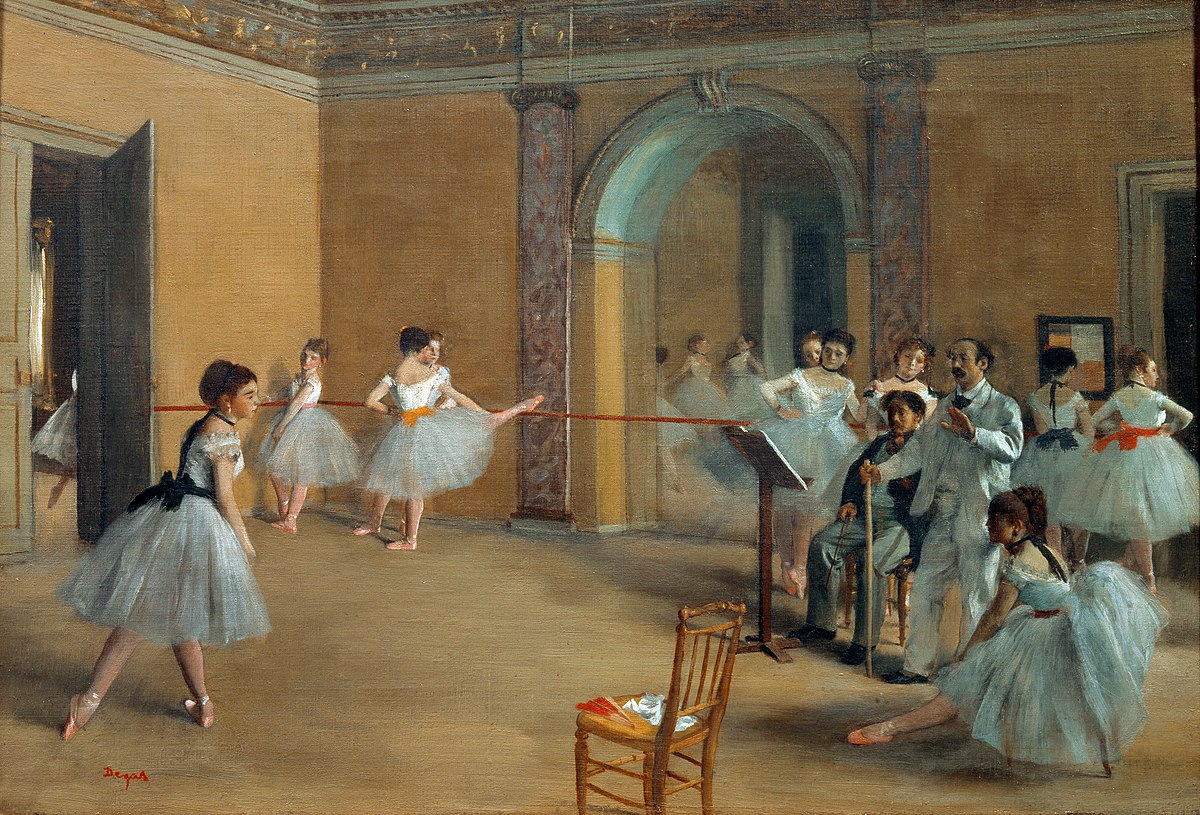
The fundamentals of classical dance movement encompass a wide spectrum of technical, expressive, and physiological elements that, when mastered, elevate dance from mere steps to an artful expression of human emotion. Proper posture and alignment establish a stable platform, while precise footwork and balance allow for exact execution of movements. Coupled with grace, emotional expression, and an understanding of musicality, these fundamentals create a harmonious dance narrative. Developing a deep awareness of these principles requires dedication, diligent practice, and an open heart, ultimately fostering a dancer’s capacity to inspire and move audiences with timeless elegance and discipline.
✉️ Stay Connected — Subscribe for Weekly Updates
Discover timeless stories, practical wisdom, and beautiful culture — delivered straight to your inbox.
*We only share valuable insights — no spam, ever.


